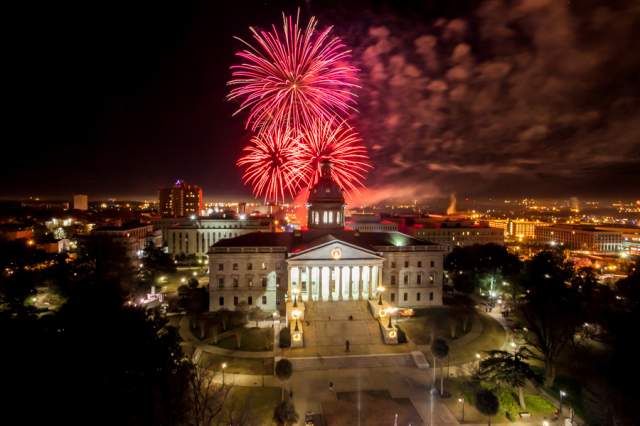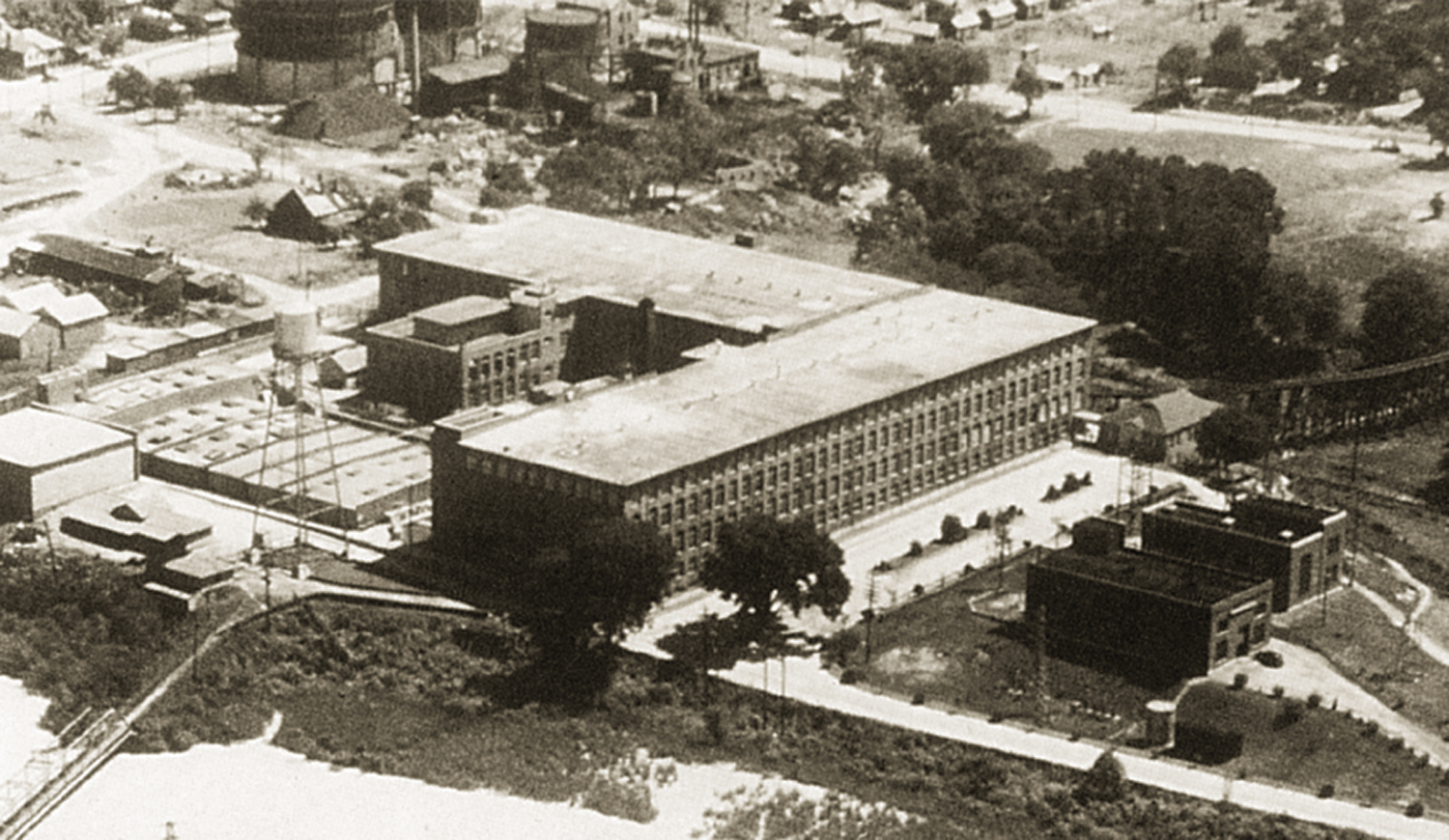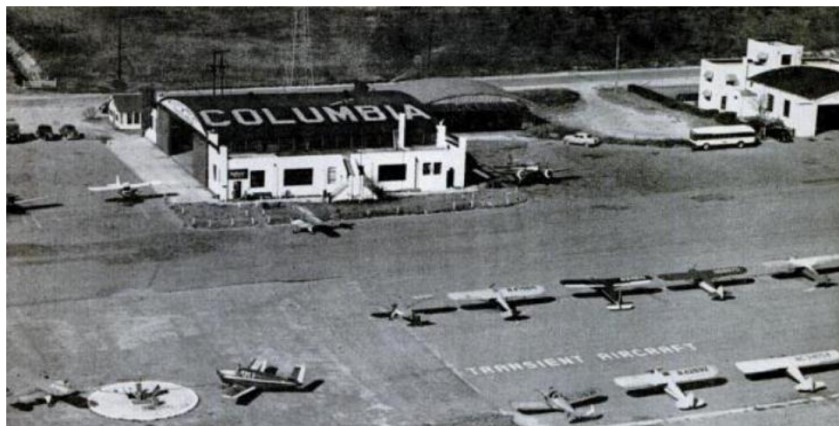The following blog post was written by Historic Columbia in celebration of National Travel & Tourism Week. Join the Historic Columbia team on May 12 for the reopening of the Hampton-Preston Mansion & Gardens. Be sure to follow them on Facebook or Instagram to keep up with all things history in Columbia SC.
This week we're celebrating what tourism means for Columbia SC (it's a $2.1 billion industry!) in recognition of National Travel & Tourism Week. Columbia SC is continually changing with new developments and growth. With adaptive reuse and historic renovations marking our restaurants, attractions, and more, we're a city on the rise with nods to our history all around us. Check out these seven historic sites for a little bit of the history that can be shared from our everyday spaces.
Hampton-Preston Mansion & Gardens
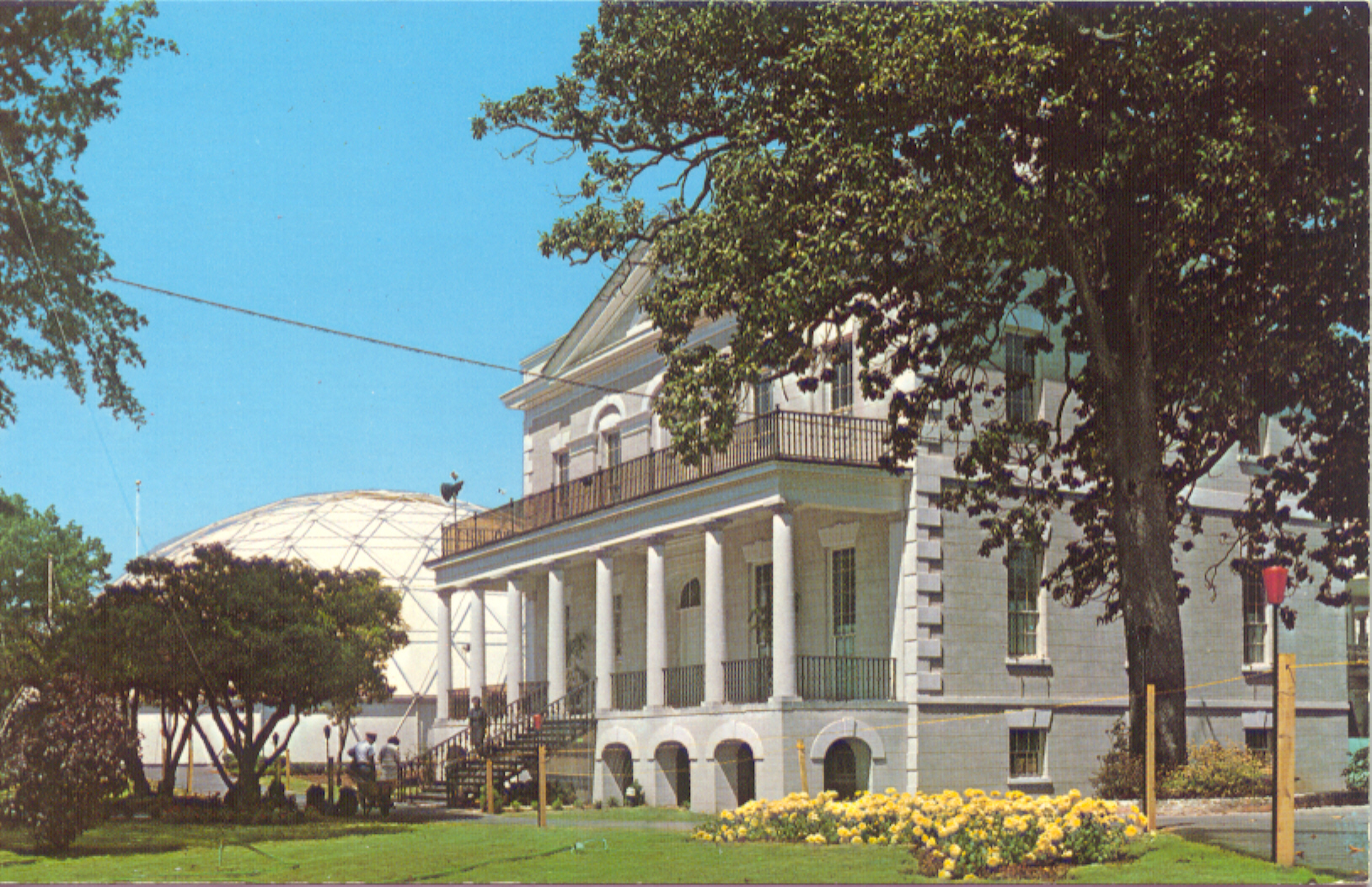
Photo Courtesy of Historic Columbia Collection
THEN
The Hampton-Preston Mansion is one of Columbia’s oldest extant structures. Columbia merchant Ainsley Hall and his wife, Sarah, had the house built in 1818. In 1823, Ainsley sold it to Wade Hampton I, one of the South's richest planters. The estate became a social destination in the 1830s through 1860s, recognized for its regionally acclaimed gardens featuring native and exotic plants. After the Civil War, the property had many different owners, including two women’s colleges and a tourist home. After an extensive rehabilitation, the site opened to the public in 1970 for tours as a historic house museum.
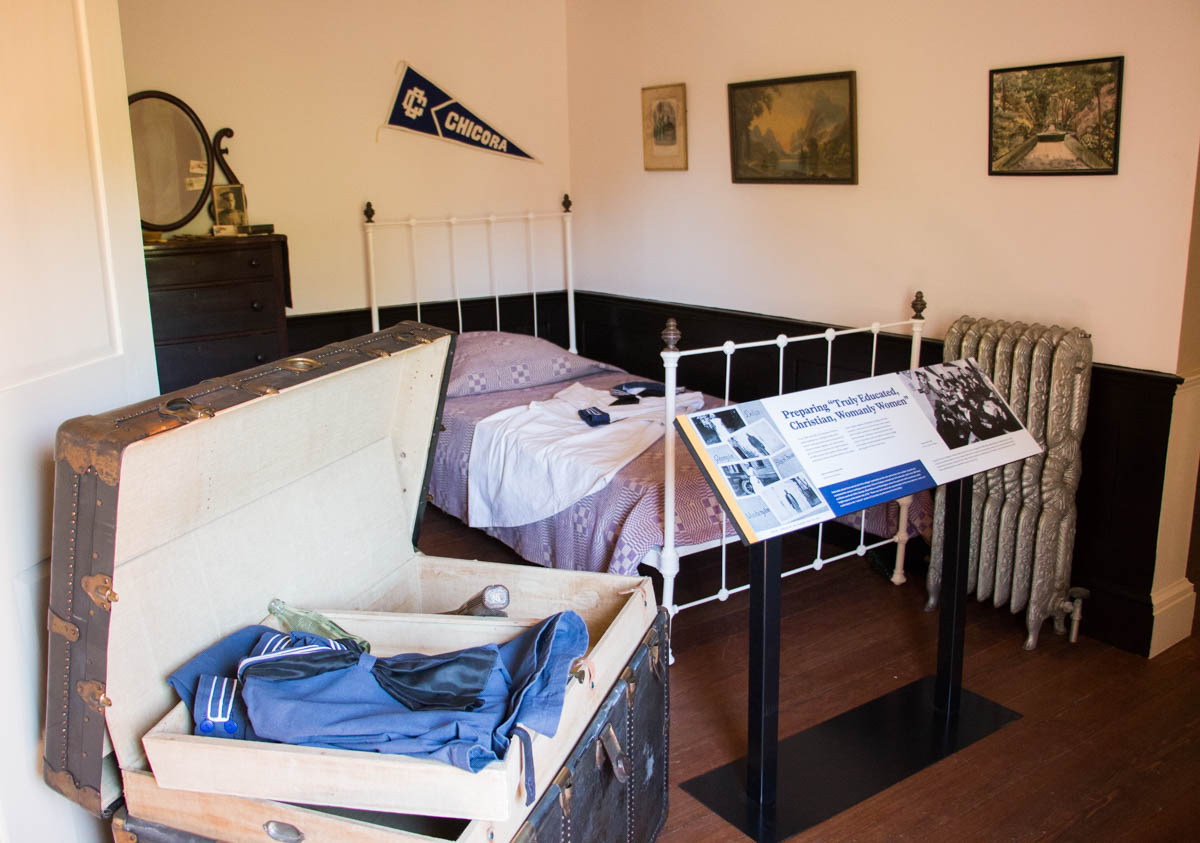
Photo Courtesy of Historic Columbia
NOW
Today, Historic Columbia manages this Richland County-owned site as a house museum and public garden. The stories told explore the lives of enslaved workers and their planter-class owner, as well as the site’s evolution from a residence, to a college, to a tourist home. In commemoration of the site’s 200th anniversary, the structure, exhibits and gardens are undergoing a comprehensive rehabilitation and will reopen at a public event on Saturday, May 12. Learn more.
Columbia Mills Building/South Carolina State Museum
Photo Courtesy of Historic Columbia Archives
THEN
Listed on the National Register of Historic Places, the Columbia Mills Building it was the first fully electric-powered mill in the nation and was one of the leading manufacturers of cotton products in the country. Power, generated at the powerhouse on the Columbia Canal, was sent to the mill by electric current. (The General Electric generators used by the mill were the largest that the company had ever made.) This innovation meant textile mills no longer had to be located right next to a source of power. The mill was built to make cotton duck fabric, and by 1907, it operated 40,740 spindles and 498 looms, and consumed 18,000 bales of cotton. It took 1,200 workers to operate the mill in 1907, working 6 a.m. to 6 p.m. Monday through Friday, and half days on Saturdays. After the mill closed in 1981, it became one of largest adaptive reuse projects in South Carolina. In 1988, the South Carolina State Museum opened its doors inside the mill building.
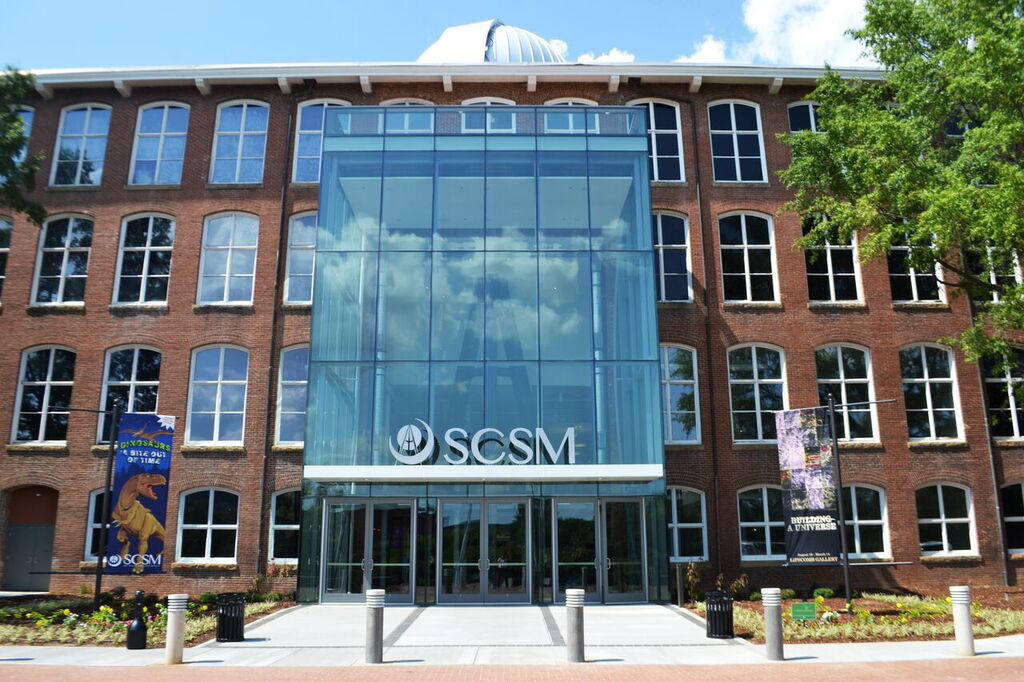
Photo Courtesy of South Carolina State Museum
NOW
Today, the Columbia Mills Building houses the South Carolina State Museum, South Carolina’s largest museum with four floors of changing and permanent exhibits, an observatory, a planetarium and 4-D theater. In 2014, the museum finished its first major renovation since opening its doors in 1988. The project consisted of renovating and expanding 75,000 sq. ft. of the Columbia Mills Building to bring a new planetarium, observatory, 4D theater, telescope gallery, lobby, store, meeting and office spaces and a student lunchroom to the State Museum. The State Museum received numerous awards for this project, including Historic Columbia’s 2015 New Construction in a Historic Context Preservation Award for its comprehensive rehabilitation and addition.
Curtiss-Wright Hangar
Reprinted from Flying Magazine, March 1954
THEN
The Curtiss-Wright Hangar remains one of the few extant and unmodified examples of a Curtiss-Wright designed hangar in the United States. The Curtiss-Wright Hangar currently stands as a monument to Columbia and South Carolina’s achievements in air transportation during the twentieth century. Built in 1929 at Owens Field, the Curtiss-Wright Hangar was only the second airport in South Carolina at the time behind the Spartanburg Airport, which opened in 1927. During its early years, the building boasted not only entertainment air shows, but also visits from Amelia Earhart and President Franklin Delano Roosevelt. With the opening of Columbia Metro Airport in 1949, the building’s use began to dwindle, eventually resulting in its abandonment. The Curtiss-Wright Hangar currently stands as a monument to Columbia and South Carolina’s achievements in air transportation during the twentieth century.
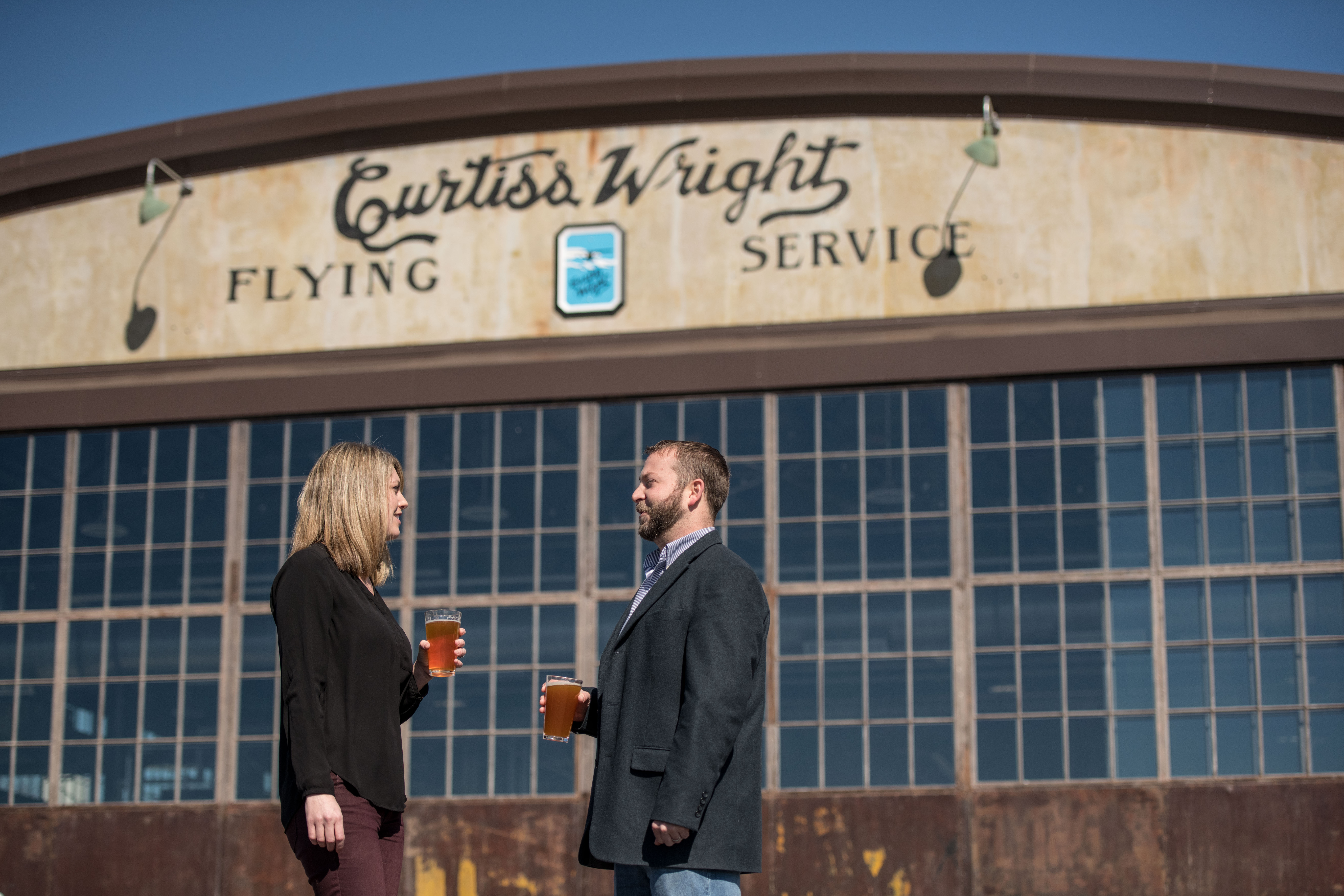
NOW
In recent years, the Curtiss-Wright Hangar underwent a major rehabilitation and earlier this year, the site reopened its doors as the Hunter-Gatherer Brewery. Developers retained the character-defining elements of the historic structure and integrated them into the building’s new use, including the large sliding doors and the exposed metal trusses and window frames. A new roof, which is a near match to the original, and new panes of glass are among the few things there were replaced during the process. Missing finials atom brick columns were reconstructed to match existing ones. The original bathroom sinks were retained and covered with new porcelain. The repainting of the “Curtiss-Wright Flying Service” was a small part of the restoration which made a big impact, launching the viewer into the site’s 1929 heyday. This project received a 2018 Adaptive Use Preservation Award from Historic Columbia.
Hotel Trundle
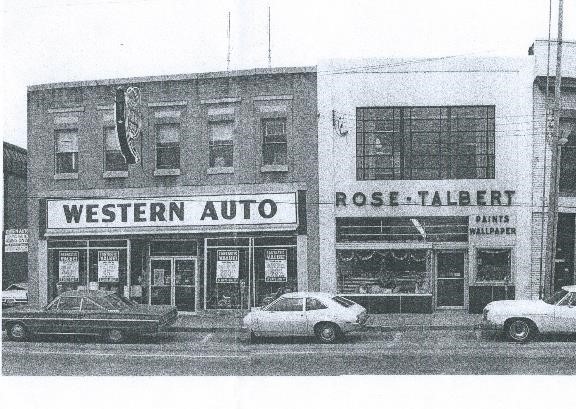
THEN
Rose-Talbert Building: This two-story brick building was constructed in 1914 and first served as the office of Wood Plumbing Company, who resided at this address until 1917. The second level of the building was used as apartments, featuring as many as six rooms for rent. After being the home of many businesses between 1917 and 1936, the address housed Rose-Talbert Paints until 1977. In 1936, the building was redesigned in the Modern style as evidenced by the clean lines of the stucco façade, asymmetrical design of the storefront, and the large Modern-tripartite window on the second floor. During these 41 years, Rose-Talbert served the greater Columbia area and opened satellite stores in Forest Acres and West Columbia because of their success.
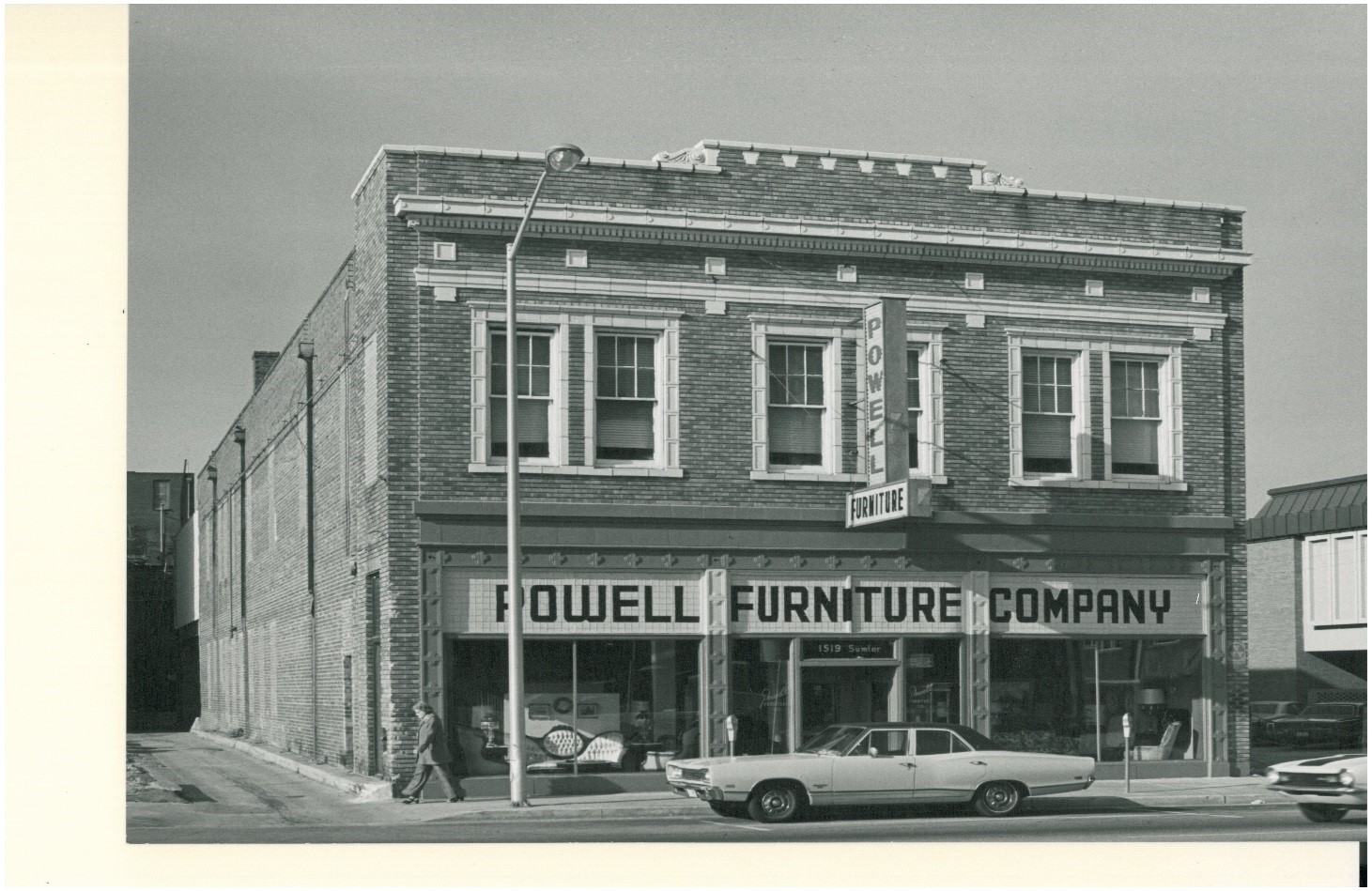
Powell Furniture: Built in 1920, the Powell Furniture building was originally home to the Home Light & Power Company. Although the building has had a number of occupants, the original structure itself has stayed the same. The paint color has changed from yellow to grey, but the building’s footprint remains largely untouched, making it a significant piece of early twentieth century commercial architecture in downtown Columbia.
Western Auto Building: This building was constructed of a modern design, including concrete and steel by the architecture firm Wessinger and Johnson in 1940. The first occupant of this new structure was Western Auto. During its 45 years of business on Taylor Street, the store remained largely the same, save for a large three-dimensional neon sign. The circular "Western Auto" sign was on the second floor of the building at the center and had an arrow arching downwards to the building. The business remained in this building until 1985 when Bethel African Methodist Episcopal Church bought the property for $420,000. The church hoped to expand their presence downtown and provide an annex for youth group and Bible study classrooms, a faith store, and counseling service for the needy.
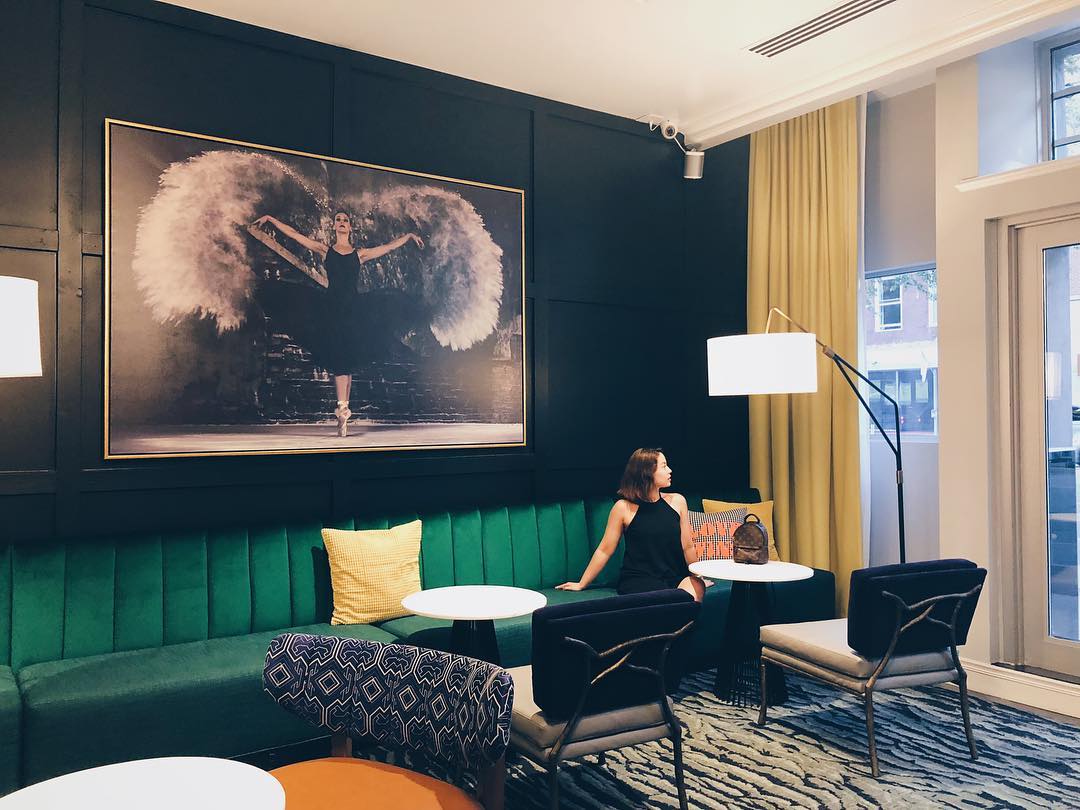
Photo Courtesy of @waiting4lunch on Instagram
NOW
Today, you’ll find Hotel Trundle, part community gathering spot, part urban retreat - all tucked neatly into a trio of treasured landmarks in the heart of the Main Street Historic District. Wrapped in color and creativity, our 41-room hotel, the first boutique in downtown Columbia, rewrites the rules of Southern hospitality with curated guest experiences mixed with a generous dose of 20s-era Art Deco style.
Seegers-Habenicht Building (Lula Drake)
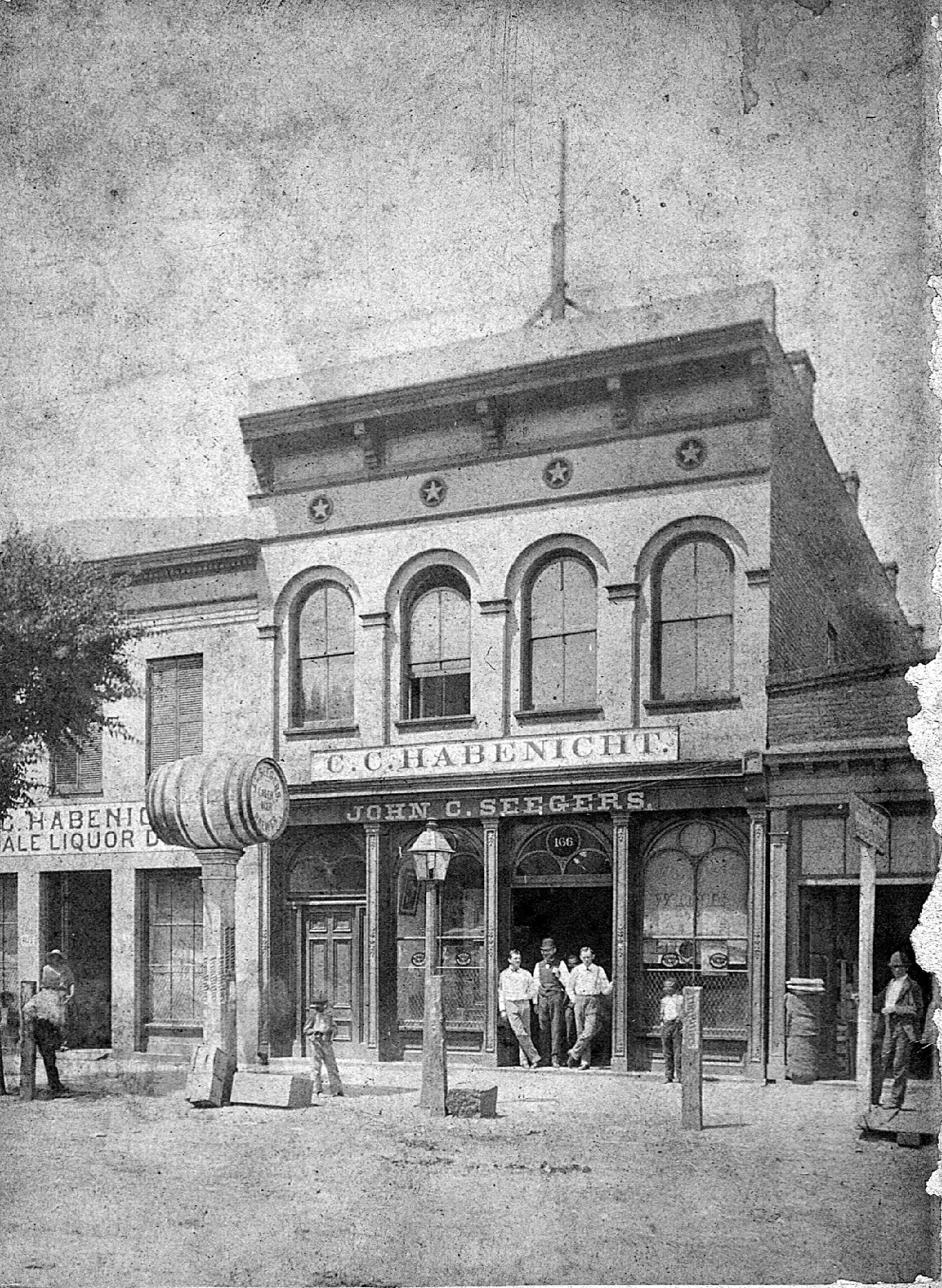
Image: Seegers-Habenicht Building, C. 1880, courtesy of Lynn Boyd
THEN
Built in the aftermath of the Civil War, John C. Seegers’ and Christopher C. Habenicht’s saloon and brewery opened in late 1865. In 2015, CLM Properties bought the property, returning it to the family of its original owners. Based on a family photo, the owners working with the architect and the City of Columbia’s Preservation office carefully rehabilitated the façade to its original 19th-century appearance. The second story windows, which were boarded up for decades, were reopened with custom Italianate windows installed on the first floor. During renovations, several sections of the original tile designs at the building’s entrance were uncovered and since have been restored.
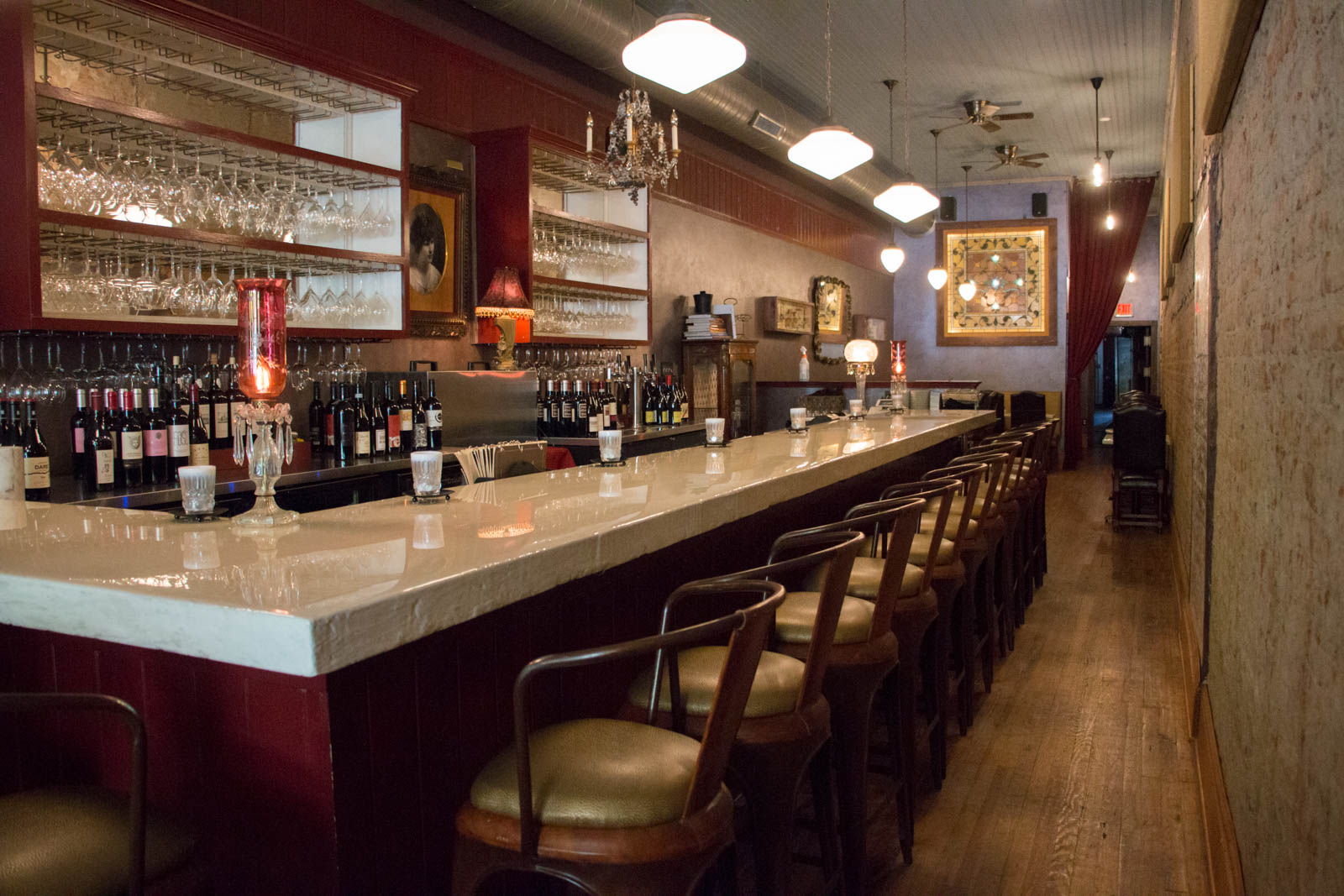
Photo Courtesy of Historic Columbia
NOW
Today, the narrow, Italianate style building houses Mad Monkey, a well-known advertising agency, and Lula Drake Wine Parlour. The latter enterprise draws its name from the owner of an early 20th-century women’s hat store that operated in the building. Lula’s mementos, found in a long-forgotten trunk discovered in the basement by proprietor Tim Gardner, launched the marketing plan for what is arguably one of the coolest additions to Main Street’s burgeoning commercial and entertainment district. This project received a 2018 Adaptive Use Preservation Award from Historic Columbia.
Mann-Simons Site
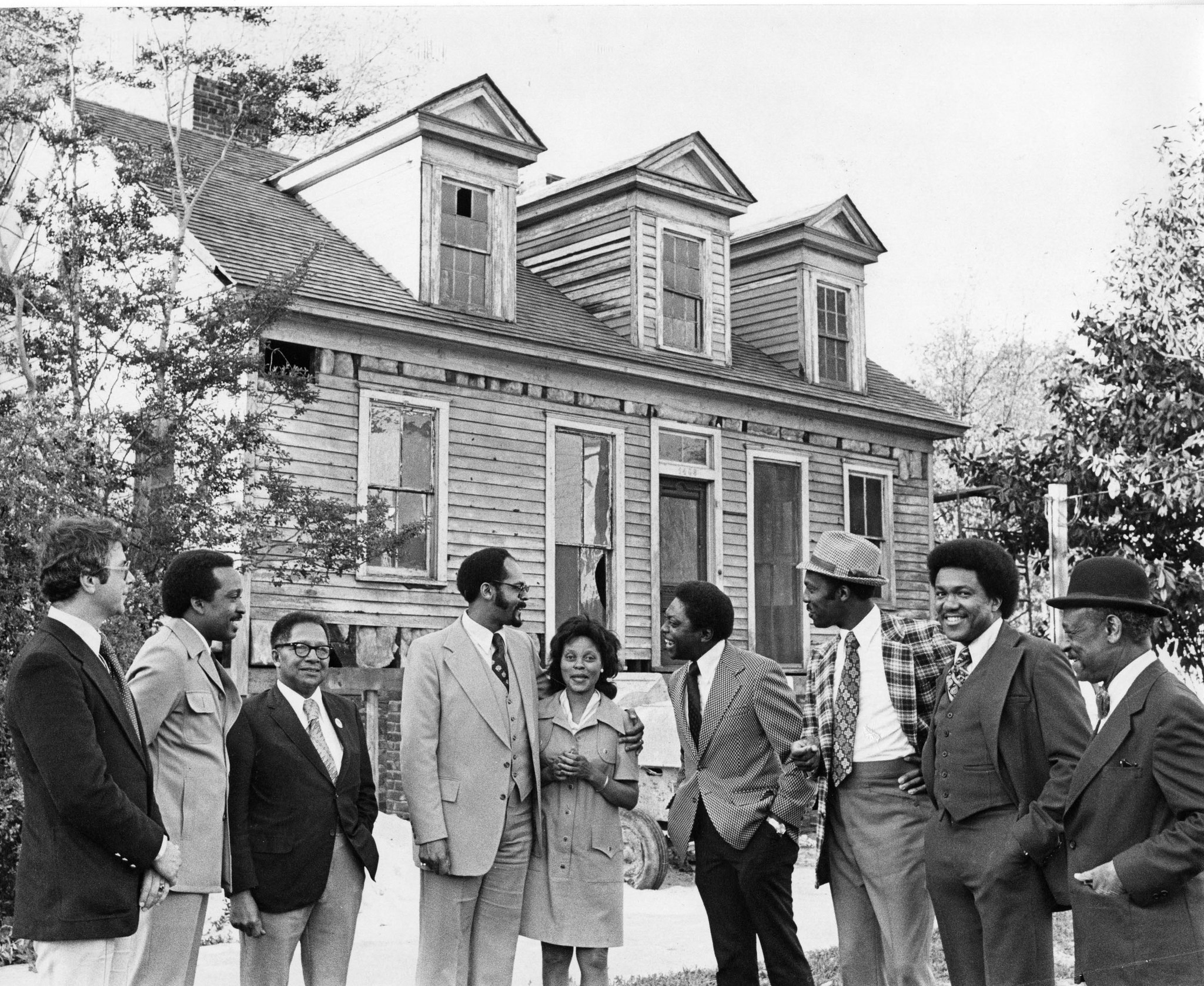
Photo Courtesy of Historic Columbia Archives
THEN
While only one house stands today, the Mann-Simons Site historically was a collection of commercial and domestic spaces owned and operated by the same African American family from at least 1843 until 1970. Midwife Celia Mann and boatman Ben Delane made this site their home by the early 1840s. Members of Columbia's small population of free people of color, the couple challenged social norms at a time in which most Africans and African Americans were enslaved. Successive generations of their family negotiated the eras in which the capital city evolved from Jim Crow into the Civil Rights movement of the 1960s. The threat of demolition in 1970 galvanized a grassroots movement that saved the remaining structure, which opened as a house museum in 1978.
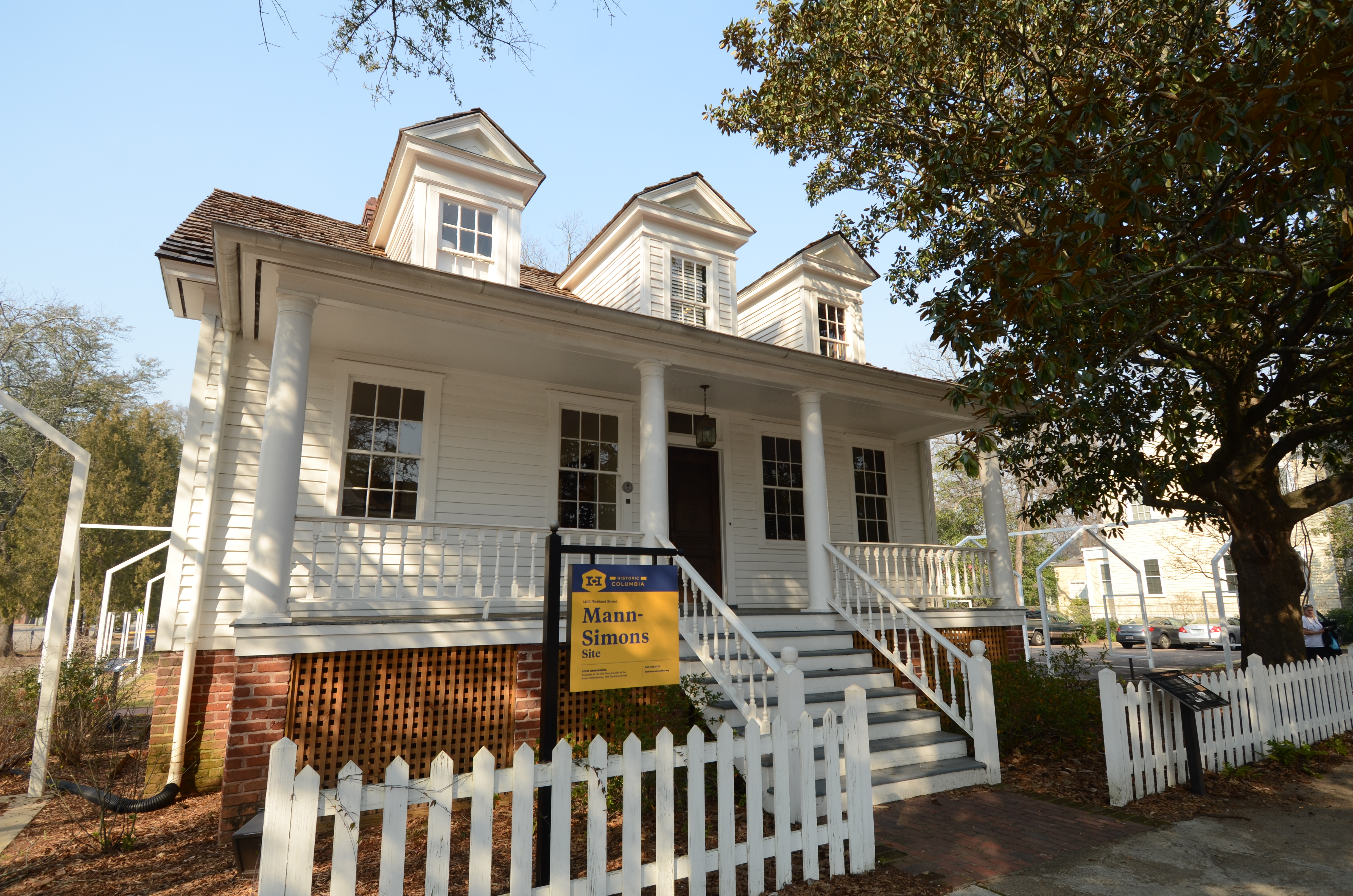
Photo Courtesy of Historic Columbia
NOW
Today, the Mann-Simons Site is managed by Historic Columbia and is open for guided tours Tuesday – Sunday. The exhibits tell the story of Columbia's history from the 1840s through 1970s, as experienced by the various generations of family members who lived at the property. The site includes an outdoor museum of five "ghost structures," representing a former lunch counter, grocery store, outhouse and residences that formerly stood on the site, and interpretative signage that tells the family's story. Learn more.
Brennen Building/Blue Flour and Bourbon
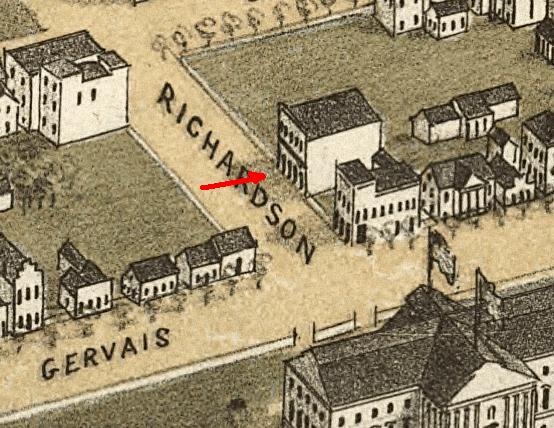
THEN
One of Main Street's oldest remaining buildings takes its name from businessman Michael Brennen, who, in December 1864, bought the land on which it rests. Available for rent by 1870,
the property housed a variety of businesses over the next century. Architecturally, the two-story masonry structure is representative of most commercial buildings erected in Columbia immediately after the Civil War. Sometime after 1919, the building received its cast-iron balcony, which evokes a French Victorian feel. The Capitol Café, a popular restaurant for state legislators, prominent citizens and every-day diners, operated from the building's 1210 address between 1911 and 2002.
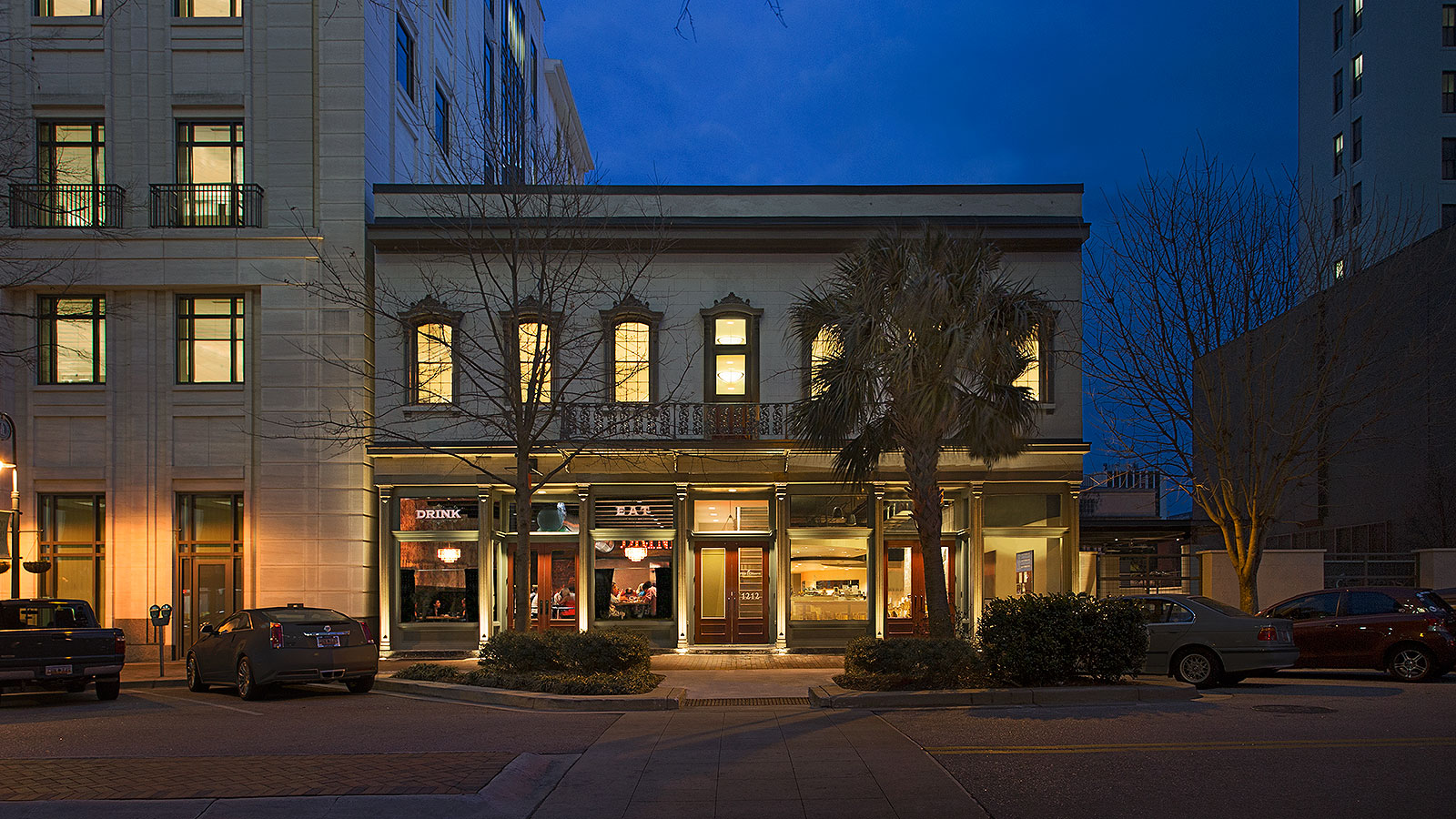
Courtesy of Historic Columbia
NOW
Today, thanks to the historic preservation efforts of First Citizens Bank, the once-threatened building enjoys a new lease on life. Contemporary Columbians and visitors to the capital city know it as the home of Blue Flour Bakery, which serves up an assortment of coffee and specializes in delicious cookies, desserts and savory bites, and Bourbon, a destination for signature cocktails and fine Cajun Creole cuisine. The building also houses First Citizens Wealth Management Services. The Brennen Building was a recipient of Historic Columbia’s 2014 Preservation/Restoration Award.


